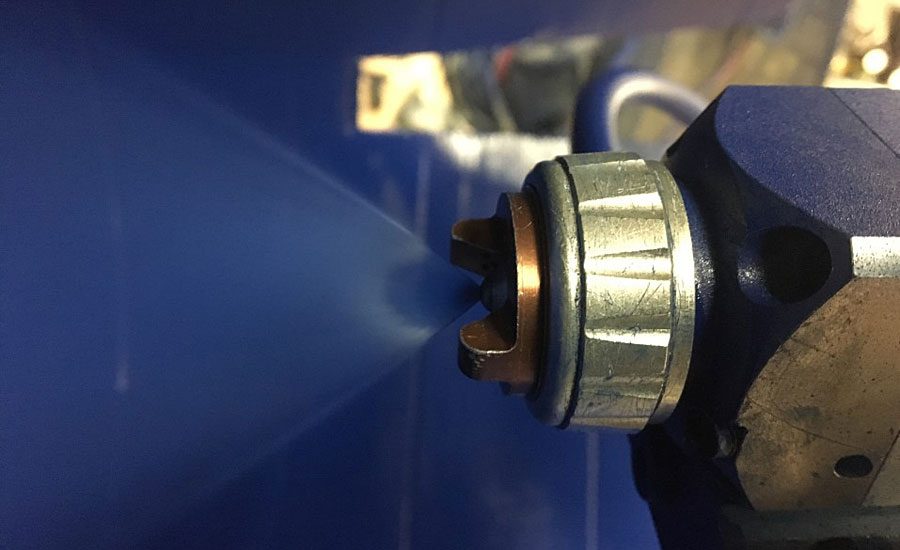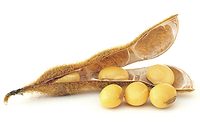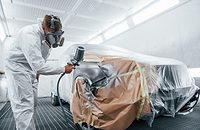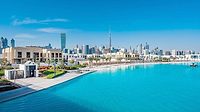New Opportunities Made Available By Lightweighting






Traditionally, lightweight refers to something that is lighter than normal. However, in the automotive and aerospace industries, lightweight or lightweighting refers to material transformation. Lighter materials such as plastics, composites and carbon fiber are being used more often to replace materials like steel or aluminum.
The use of lightweight materials is set to increase year on year, especially in the two industries mentioned above. Car producers are having to consistently make their cars lighter and lighter to meet internal combustion engine (ICE) mileage standards. Another factor contributing to the rise of lightweight materials is the emergence of electric vehicles as a mainstream trend.
The use of these materials in the industries mentioned has had a massive effect on the paint industry. These materials, unlike their heavier counterparts, don’t react well to traditional painting methods. Instead we use powder coating, in particular UV-curable powder coating and plasma treating.
One of the problems with these lightweight materials however is that they tend to be heat sensitive, meaning the materials have a heat threshold that if exceeded causes the material to warp or deform. The use of UV-cured powder coating means less heat is directly applied to the material and the paint itself cures much faster and safely than thermally cured powder coats. These factors combined make for a better quality, quicker finish, with less risk of damaging the material. The use of UV-curing systems can further speed up the process as instead of the paint curing on a time and temperature continuum, it is cured on a time and UV continuum - meaning increasing the amount of UV increases the curing speed without damaging the material like increasing the temperature would.
Before coating though, it is imperative to pre-treat the material. Pre-treating ensures the coating process is consistent every time. Much like the heavier materials, lightweight materials have inconsistencies on the surface that impede adhesion and therefore need to be removed before coating. Traditional methods of removing these contaminants, like the use of phosphate wash and rinse systems, don’t work on lightweight materials as they cause damage.
Instead they use plasma. Plasma is a gas that can carry electrical charges and alter the surface conditions of certain materials. The plasma raises the surface energy of the material, effectively lifting the inconsistencies on the surface, leaving behind a smoother, more receptive surface for coating. Pre-treatment and coating tests, combined with physical performance testing, will validate the effectiveness of plasma pre-treatment and the UV cure powder coating, ensuring it is of a satisfactory standard.
The use of UV-cured powder coating, combined with plasma treating is a highly effective way of coating these types of material. As time moves on and the use of these materials continues to become more commonplace, the need for UV-cured powder coating will only grow further, becoming a service integral to the production and maintenance of future technology.
For more information, visit www.cbfpowdercoating.com.
By CBF Powder Coating
Looking for a reprint of this article?
From high-res PDFs to custom plaques, order your copy today!









